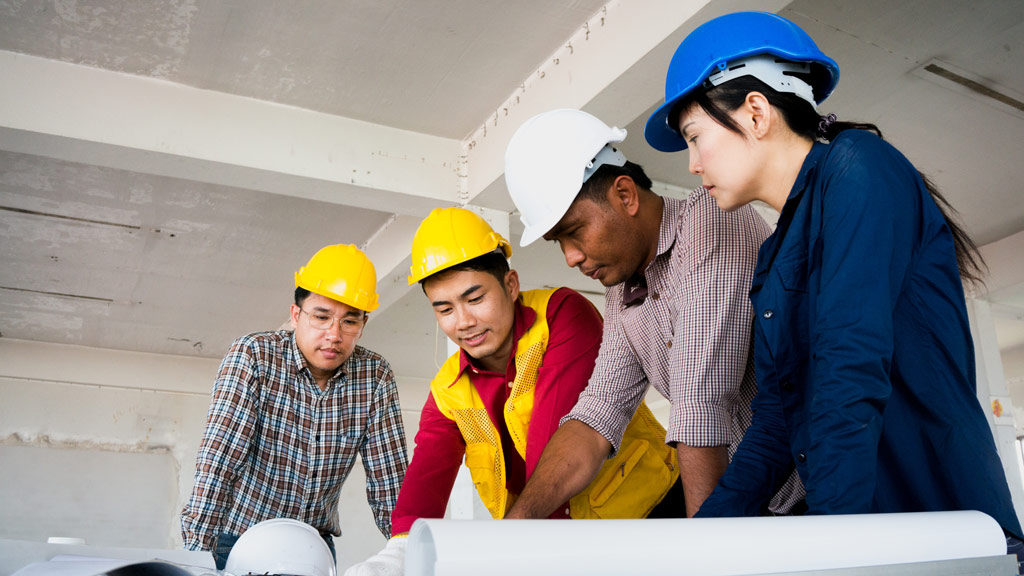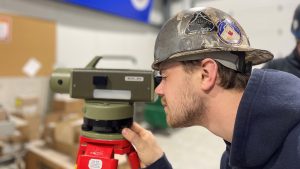The demand for labour in the construction sector in the next 10 to 15 years is going to be incredibly high, and construction employers are going to need to diversify their workforce if they want to remain competitive, said Bill Ferreira of Buildforce Canada during a recent webinar.
“It’s the only way we’re going to keep pace with the demands of the construction industry,” Ferreira said during the recent Addressing Racism in Construction webinar hosted by the Residential Construction Council of Ontario.
“The competition for younger workers is going to intensify in the years to come and we’re going to be seeing that continuation of the baby boom generation exiting the workforce.”
Recruitment and retention is going to be important.
“What we know from our consultations and the development of some of our training tools is that younger workers don’t have the same appetite for discrimination, workplace harassment and bullying that past generations did,” Ferreira explained. “Past generations would often turn a blind eye or accept it. Young people won’t and they will leave and they will tell their friends. If we in the construction industry want to remain an employer of choice for young people we have to address this issue…It’s critically important to maintaining that labour force flexibility going forward.”
Employers are going to have to expand outside of the traditional recruitment channels to increase the number of women, Indigenous people, youth at risk, newcomers and refugees working in the industry.
“What this means for employers is that we’re going to have to see more than just lip service from them when it comes to maintaining a diverse and respectful and inclusive workplace,” said Ferreira.
“It has to be much like the commitment we saw with respect to safety. It has to start at the very top and everyone within the management team has to take it seriously.”
Buildforce sat down with the industry and held a number of focus groups in order to develop training tools.
“What we heard from those focus groups from women is ‘don’t treat us differently,’” Ferreira said. “What we also realized is that many of the lessons that would apply to creating a more gender-neutral workplace environment also apply to the creation of a more respectful inclusive workplace. From the younger individuals we worked with in helping to build these tools, what we realized is that that’s exactly what they want. They want to go to a workplace that is respectful of differences, tolerant of preferences.”
For individuals working on construction sites, BuildForce developed an online course with scenarios of harassment.
“(It) deals with incidents of cultural differences that may be experienced on a worksite and how individuals can better relate to each other, interact with each other to create a sense of a team and also create a more respectful workplace where differences are tolerated and in most cases welcomed,” said Ferreira.
In response to the nooses found on Toronto construction sites in 2020, BuildForce also developed a course directed primarily at managers.
“This course is designed to provide a lot of history and also provide employers with a better understanding of the origins of systemic racism, the roles leaders can play in trying to tackle that, how do you create diverse groups and teams within an organization, as well as tools and best practices that can be implemented to try and address the unconscious bias that often can have an impact on things like hiring, promotions, as well as inclusivity,” Ferreira stated.
Ontario’s Chief Prevention Officer Joel Moody also addressed attendees at the webinar.
“As we speak today about diversity, equity and inclusion and I’ll also add the word belonging,” said Moody.
“We’re currently reviewing the mandatory training program as part of the joint health and safety committee training…We’re asking questions about how best can we determine and build in a diversity equity, inclusion and belonging lens into that training.”
The construction industry, like many industries is multicultural, multi-ethnic and multi-racial, Moody pointed out.
“The more diverse a team is…diversity of thought, diversity of background, diversity of experience, the stronger and more competitive that team is.”
Follow the author on Twitter @DCN_Angela.











Recent Comments
comments for this post are closed